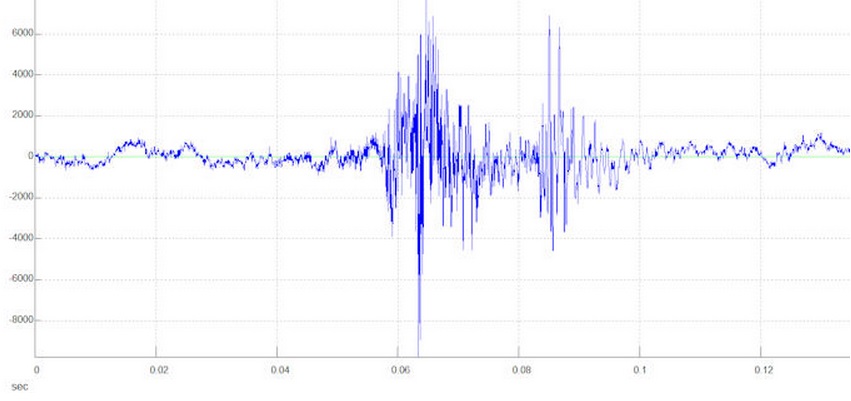

- #Check for malware install
- #Check for malware manual
- #Check for malware windows 10
- #Check for malware software
- #Check for malware download
#Check for malware windows 10
For that reason, before looking into a simple malware infection, let’s have a look at a sample entry that’s present on a clean Windows 10 installation. Now it may sound easier said than done, but to identify a malicious entry, there’s another skill you need to master as well: Identification of legitimate objects. Autoruns (as the name suggests) conveniently provides us with an overview of most load points that can be used in Windows. If you find that, you usually also get an idea of where in the file system the malware is located. This means that when looking for malware, the first thing of interest is the so-called load point. When malware arrives on a system, it’ll want to ensure that it’s run each time the computer is started. If you’re not familiar with Windows Registry, it’s recommended to start reading up on it. (Note: Familiarization with Windows Registry is highly recommended at this point. This doesn’t mean you have to perform complicated malware analysis in most cases, basic knowledge of Windows combined with common logic go a long way. You will first need to determine what needs to go. There’s no magical “fix” button to somehow make all suspicious entries go away (at least not yet!).
#Check for malware manual
This brings us to the most important step in manual malware removal: Identification. It’s up to the one running the application to determine whether or not the objects shown are legitimate or not (Note: Most logging applications do have a whitelist which will exclude known good entries that cannot be used for malicious purposes). Some will also show which processes were running when the scan was performed. A logging application on the other hand will show which files are configured to start with Windows launch and at which point they are supposed to start.

So what is the difference between an automated scanner like Emsisoft Emergency Kit and a logging application like Autoruns? An automated scanner will check the file system and registry to see if any object matches any of its malware definitions. Autoruns is developed by Microsoft SysInternals and freely available for anyone to use. We’ve opted to demonstrate how malware removal can be done using Autoruns, one of the more popular tools available for the task. Where should you start looking, and more importantly, how can you know if a file, folder or registry object is malicious or not? You can try to perform a web search of file names, but for every legitimate Windows file, there are multiple search results claiming they are bad.įortunately there are various tools that can be used to get an overview of what’s happening on a computer. This can be a daunting task, especially when you’re not familiar with identifying malware, let alone removing it. Running a scan after the malware has already installed itself mostly renders this capability substantially less effective, which can lead to malware being only partly detected.Īt this point, having a computer that’s still infected, the next step is manual malware removal. This requires being active before the malware is initially run so it can be intercepted prior to infection.
#Check for malware software

That means the malware might be able to protect itself against being detected or removed, or it’s simply too new or rare to be properly detected and removed yet.
#Check for malware install
Malware has already had a chance to install itself without being effectively hindered by whatever security software was installed (if any).Ideally, such a scanner would take care of all malware, though that may not be so in some cases because of the following:
#Check for malware download
The first step would be to download and run a malware scanner (such as our free Emsisoft Emergency Kit). While prevention advice is invaluable, it really doesn’t help much if you have a computer that’s already infected. In such cases installing and running a security program may not be enough to remove all malware. Particularly when working in a computer repair or maintenance environment, you may encounter computers that are already infected. Malware protection (commonly anti-virus and anti-malware software) is without a doubt one of the most important defenses computers need, but what do you do if your machine gets infected before you’re able to install security programs? When talking about fighting malware, the focus is usually on how well security software protects computers against malware.


 0 kommentar(er)
0 kommentar(er)
